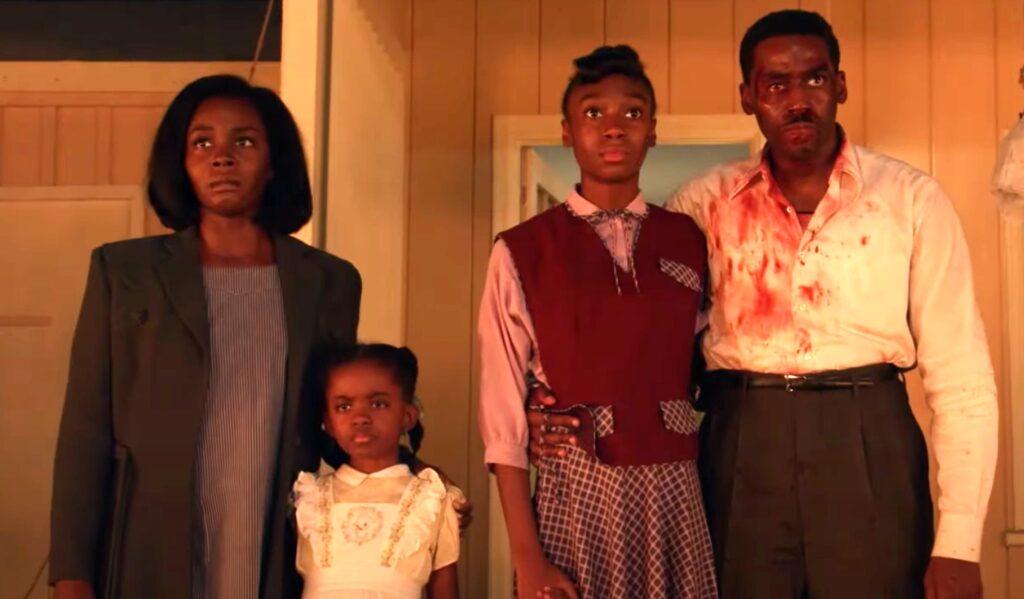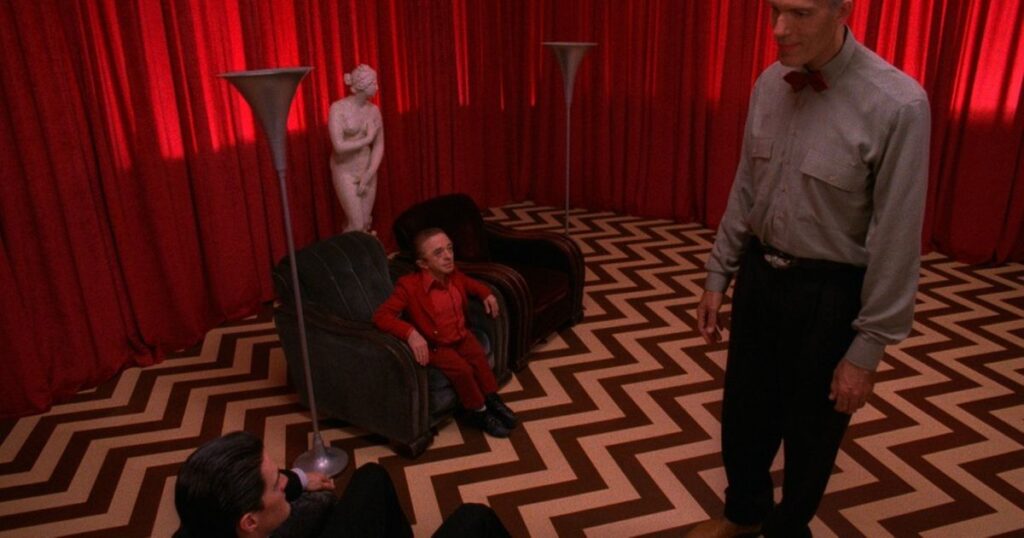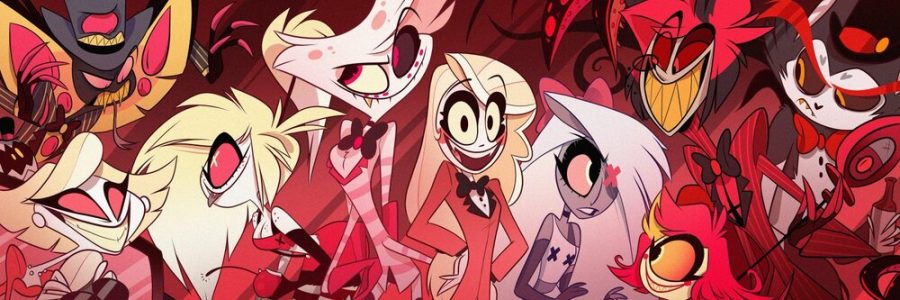Before I downloaded TikTok, I felt like there were so many references I was missing out on. Everything from popular songs, to dances, to clothing styles, and lifestyle aesthetics seemed to spawn from this app that I honestly had no interest in downloading. However, I eventually gave in and downloaded the app for the sake of my friends who wanted to send me funny videos. Due to the scarily accurate algorithm, I became addicted to the app quite quickly. After spending a significant amount of time on the app, I realized how internal the content is, and how much of the content heavily relies on past trends and previous viral videos. Many of the TikToks that I see
https://vm.tiktok.com/ZMe71ttbD/
Gray’s theory of intertextuality was used to describe television, but it can also be applied to TikTok. Gray makes reference to the existence of ghost texts, which “come from the reader, and other texts they have encountered” (Gray 27). Knowledge of previous texts is crucial to understanding some of the content on TikTok. From my time on the app, I have noticed that TikTok tends to go through songs, dances, and trends quite quickly, and then circles back to them in the spirit of nostalgia. However, this only works if the people viewing the nostalgia video have at least a general knowledge of the video(s) being referenced. An example of this is a TikTok posted a day ago, which is essentially just a block of text and the song “Roxanne” playing in the background.
https://vm.tiktok.com/ZMeWTDU62/
The text says that this song reminds them of TikTok in 2019, as well as how the world was at that time this song was popular on Tik Tok, which includes things such as rainy fall days, TikTok still being lowkey and no Covid. To me, someone who was not on TikTok at the time, this song does not correlate to these things. However, this creator is relying on the many people who were and who heard this song constantly in the fall of 2019 to associate this song with those things and be nostalgic about it. Clearly, this worked, as the comments are full of people saying they miss it, and the video has over 500,000 likes. This text is entirely contingent upon the presence of ghost texts, as they need the viewers to at least have a partial memory of TikToks they saw with this sound in the fall of 2019 to understand the video.
Not all of TikTok is so heavily reliant on ghost texts, but TikTok has a whole is very internal with its trends, and many TikToks do rely on each other to keep the content flowing.



















